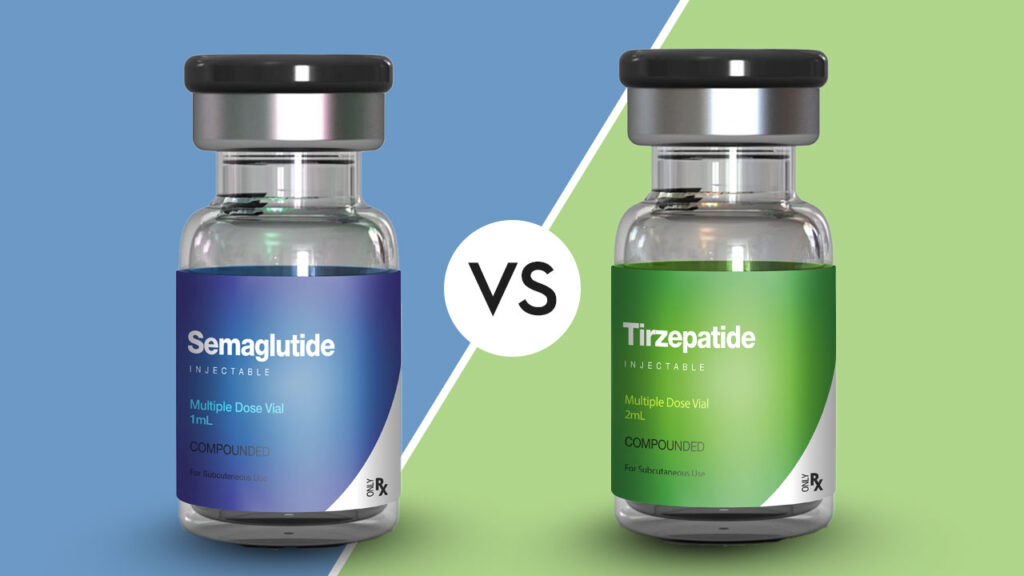Food to Avoid on Contrave
Food to Avoid on Contrave?Introduction: Food to Avoid on Contrave?When taking Contrave, it’s crucial to adhere to specific dietary guidelines to minimize risks. Avoid high-fat meals, as they can increase drug levels in the system, significantly raising the risk of seizures. This is particularly important for individuals with a history of seizure disorders.Additionally, it’s essential to minimize alcohol consumption. Alcohol can interact with Contrave, heightening the risk of adverse effects. For those who consume alcohol regularly, sudden discontinuation may pose serious dangers; it’s vital to discuss any changes with a healthcare provider.Individuals with a history of eating disorders or seizure disorders have specific contraindications regarding Contrave use. These conditions require close monitoring and often disqualify them from using this medication due to the increased risk of adverse effects.By following these guidelines, you can help ensure a safer experience with Contrave and minimize potential health risks. Always consult your healthcare provider for personalized advice.Examples of Fatty Foods To Avoid On ContraveWhen managing weight and health, particularly while using medications like Contrave, it’s essential to be mindful of dietary choices. Contrave is a prescription medication designed to aid in weight loss by helping control cravings and promoting a feeling of fullness. However, the effectiveness of this treatment can be compromised by the consumption of certain fatty foods, which may contribute to weight gain and mitigate the desired outcomes of the medication. By avoiding specific high-fat foods, individuals can create a more conducive environment for weight loss, enhance the benefits of Contrave, and support overall health. Below are examples of fatty foods to steer clear of while on this weight management journey.AvocadoThe avocado is a unique high-fat fruit, renowned for its creamy texture and rich flavor. Comprising approximately 22 grams of fat per fruit, it predominantly contains monounsaturated fat, which is known for its heart-healthy benefits. This beneficial fat can help to lower bad cholesterol levels and support overall cardiovascular health.Beyond its fat content, avocados are packed with nutritional benefits. They are an excellent source of carotenoids, which play a vital role in eye health, as well as potassium, which is essential for maintaining healthy blood pressure levels. Additionally, avocados are rich in fiber, which aids digestion and promotes a feeling of fullness.However, it’s important to note that avocados should be avoided when taking Contrave, a prescription medication used for weight management. While avocados offer numerous health benefits, their high-fat content may not align with the dietary restrictions associated with this medication. Therefore, it’s essential to be mindful of your avocado consumption if you are on Contrave.ButterButter is a common ingredient in many kitchens, prized for its rich flavor and texture. However, it has a high fat content, containing approximately 11.52 grams of fat per 100 grams, with about 7.29 grams classified as saturated fat. This high level of saturated fat is concerning, as studies have linked it to an increased risk of heart disease.For those on Contrave, which is used to assist with weight loss, it is especially important to minimize butter usage due to its unhealthy fat profile. Instead, consider healthier alternatives such as olive oil or reduced-fat plant spreads. These options not only provide a more beneficial fat content but also contribute to a balanced diet and heart health.Incorporating these alternatives can help you enjoy the flavors you love while making more heart-healthy choices. By being mindful of butter’s fat content and its saturated fat, you can better manage your health and well-being while on your weight loss journey.CheeseCheese comes in various types, each differing in fat content. Soft cheeses, such as Brie and Camembert, are the highest in fat, often exceeding 20 grams per serving. These creamy delights are rich and indulgent, making them a favorite for cheese lovers.On the other end of the spectrum, low-fat cheeses, like cottage cheese, contain about 3 grams of fat per serving. This makes them a popular choice for those looking to reduce their fat intake while still enjoying the flavor of cheese.When it comes to reduced-fat cheeses, these typically have around 5-6 grams of fat, offering a compromise between flavor and fat content. In contrast, regular cheeses usually contain 10 grams or more of fat per serving, providing a richer taste.Some varieties, particularly blue cheese and full-fat cream cheese, can exceed 13 grams of fat per serving, making them more decadent options for special occasions. Understanding these classifications helps cheese enthusiasts choose according to their dietary preferences while still enjoying the diverse world of cheese.EggsEggs are a nutrient-dense food that packs a punch in terms of their nutritional profile. Each large egg contains approximately 5 grams of fat, most of which is found in the egg yolk. This natural fat contributes to the egg’s overall richness and provides a source of healthy fats that support various bodily functions. In addition to fat, eggs are an excellent source of high-quality proteins, making them a versatile addition to many diets.However, when considering the consumption of eggs alongside medications like Contrave, caution is warranted. Contrave, which is often prescribed for weight management, may have interactions that could complicate dietary choices, particularly those involving higher-fat foods such as eggs. While eggs can be part of a balanced diet, individuals using Contrave should be aware of the potential impact of their dietary fats and proteins on the medication’s effectiveness. Therefore, it’s important to consult with a healthcare professional to ensure that your diet aligns well with your treatment plan.Fried FoodsFried foods are linked to various negative health impacts, primarily due to their high content of unhealthy fats. Items such as French fries, fried chicken, mozzarella sticks, and even fried vegetables are often cooked in oils that contain trans fats or saturated fats, which can increase bad cholesterol levels and lead to heart disease.For those taking Contrave, a weight management medication, it’s crucial to avoid fried foods. This is because these foods can exacerbate side effects such as nausea, vomiting, diarrhea, and stomachaches. The greasy and heavy nature of fried items can irritate the gastrointestinal system, making
Food to Avoid on Contrave Read More »









